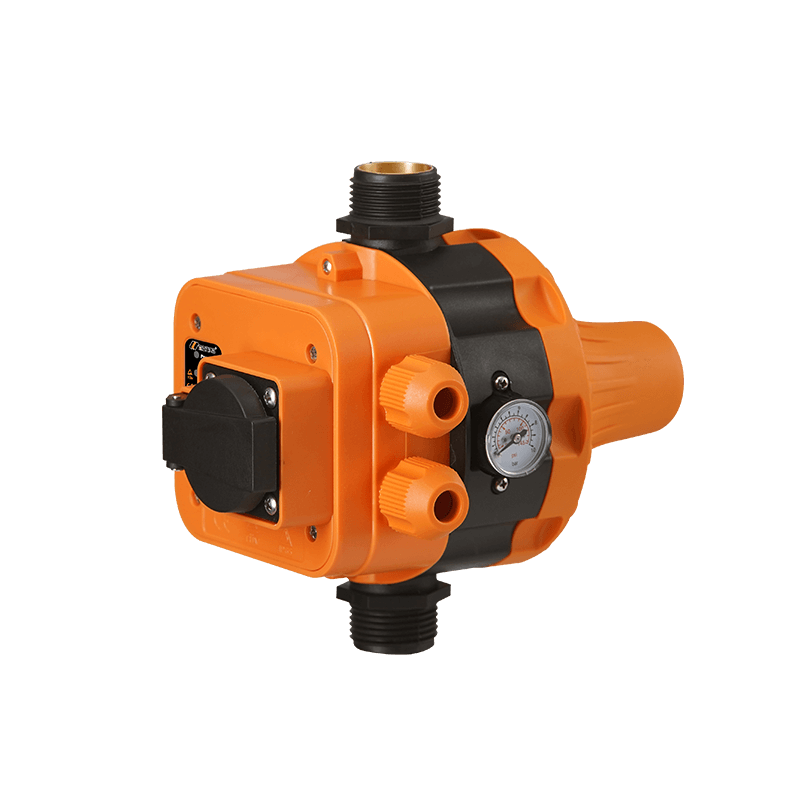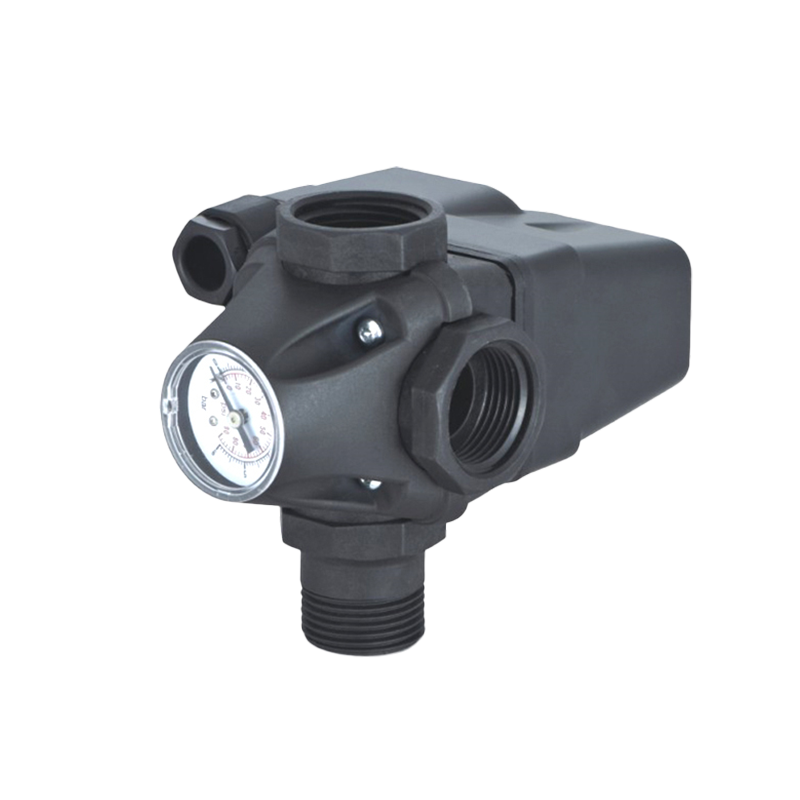Don't hesitate to send a message
Web Menu
Product Search
Exit Menu
Fundamental Differences Between Pressure Switches and Pressure Sensors in Industrial Use
In many industrial applications, pressure measurement and control are essential for maintaining safety, optimizing performance, and ensuring the longevity of equipment. While both pressure switches and pressure sensors play critical roles in managing pressure, they operate on distinct principles and serve different purposes. This article explores the core differences between these two components and offers insight into what distinguishes products from a Pressure Switch Factory compared to those from pressure sensor manufacturers.
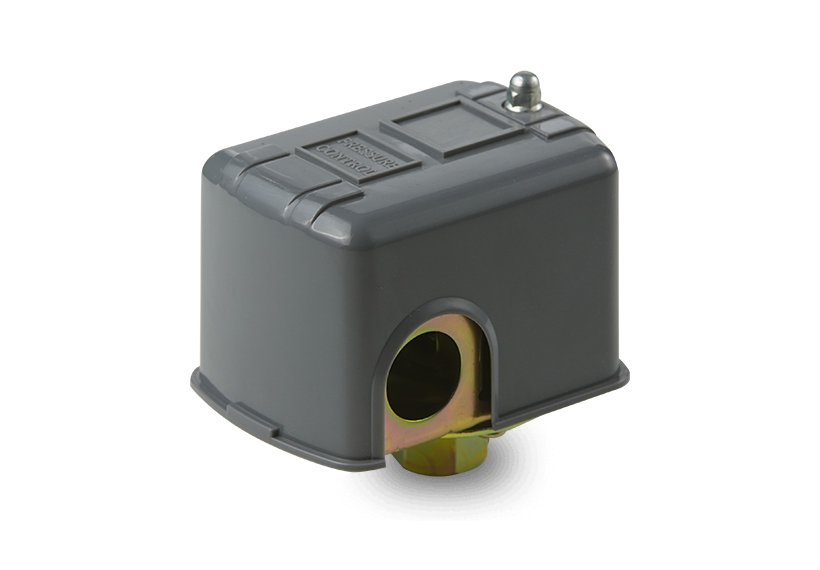
Basic Operating Principle and Function
A pressure switch is an electromechanical device designed to monitor pressure levels and activate or deactivate a circuit when a preset pressure point is reached. Once the designated threshold is crossed, the switch triggers a mechanical contact that can either start or stop an operation, such as turning off a compressor or activating an alarm system. On the other hand, a pressure sensor is an electronic device that continuously measures pressure and converts it into an analog or digital signal. This signal can be used by control systems to monitor real-time pressure data for analysis, regulation, or feedback in automated processes. Essentially, while pressure switches operate on binary logic (on/off), pressure sensors provide continuous variable output.
Usage Scenarios and Applications
Pressure switches and sensors are used in a wide range of industries, but their applications often differ based on the required control mechanism. Products from a Pressure Switch Factory are typically found in systems where pressure needs to be maintained within a narrow band and where quick, reliable switching is essential. For example, HVAC systems, water pumps, and hydraulic equipment often employ pressure switches to automatically regulate system operation. In contrast, pressure sensors are more common in environments where constant pressure monitoring is necessary, such as in process control systems, aerospace engineering, and medical equipment. These sensors allow for detailed monitoring and data recording, making them indispensable in highly precise or data-driven operations.
Response and Accuracy Differences
Pressure switches are generally less sensitive than pressure sensors because they are designed for threshold-based activation rather than continuous measurement. The response time of a pressure switch is sufficient for applications requiring basic on/off functionality, but it may not provide the accuracy needed for detailed analysis. Pressure sensors, in contrast, are built for high-resolution measurement and can detect minute changes in pressure. This makes them ideal for tasks that demand accuracy and rapid data processing. However, the added complexity of sensors means they may require more sophisticated integration and calibration.
Cost, Maintenance, and Durability
Another key difference lies in cost and maintenance. Devices manufactured by a Pressure Switch Factory tend to be more cost-effective due to their simpler design and limited output requirements. They are typically robust, easy to install, and require minimal maintenance, making them suitable for harsh industrial environments. Pressure sensors, while offering advanced functionality, are usually more expensive and can be sensitive to environmental factors such as temperature, vibration, and electrical interference. Their complexity may also cause higher maintenance needs and calibration frequency, especially in demanding applications.
Choosing the Right Component for Your Needs
Understanding the difference between these two components is essential when selecting equipment for industrial applications. If the goal is to automate basic pressure control and ensure safety without requiring constant monitoring, a switch from a reputable Pressure Switch Factory is likely the ideal solution. However, if your system demands precise real-time data and advanced pressure profiling, investing in a pressure sensor may be more appropriate. The decision ultimately depends on the level of control, accuracy, and data you need to maintain suitable system performance.
In conclusion, while pressure switches and pressure sensors may seem similar, they serve very different functions within a pressure management system. Recognizing these distinctions is critical for engineers and system designers aiming to optimize performance, reduce costs, and ensure reliable operation across a variety of industrial settings.
-
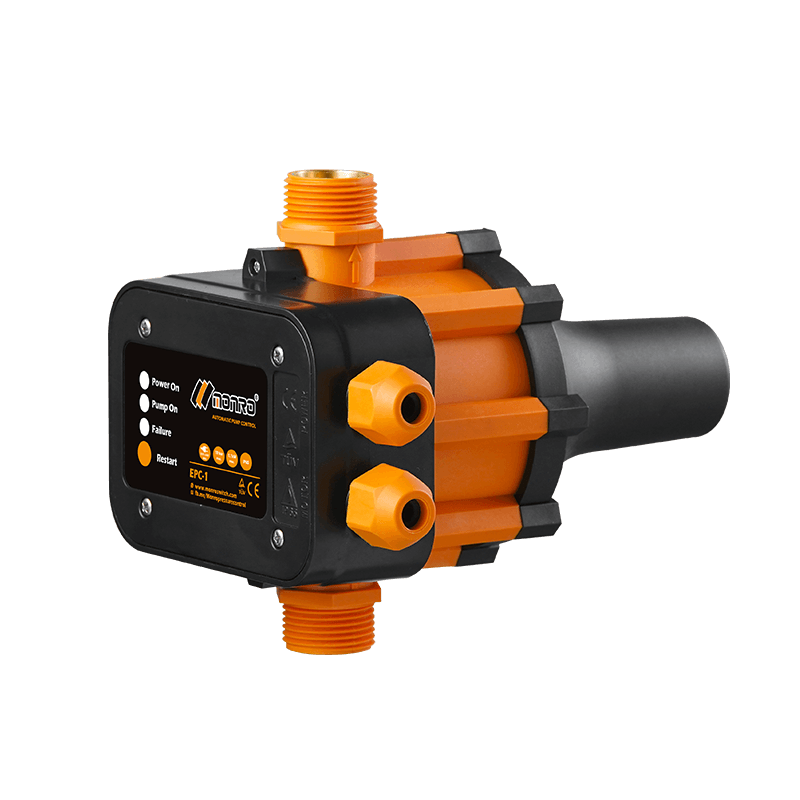 EPC-1
EPC-1Monro EPC-1 model pump controller is the classic and basic type, was loved by user in the global mar...
-
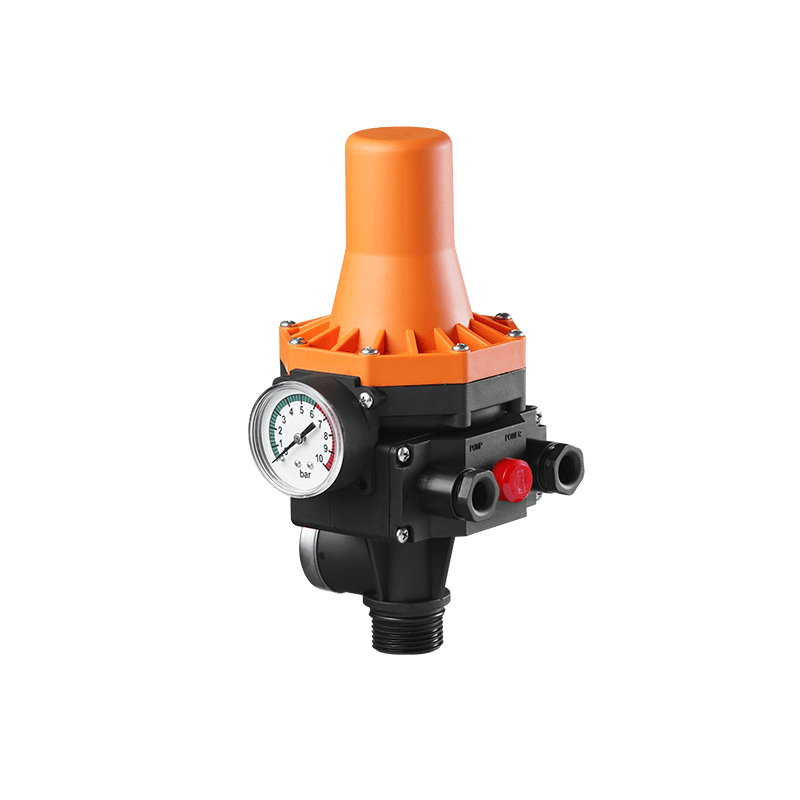 EPC-3
EPC-3Monro EPC-3 spain design auto on and off press control, an intelligent and economical system designe...
-
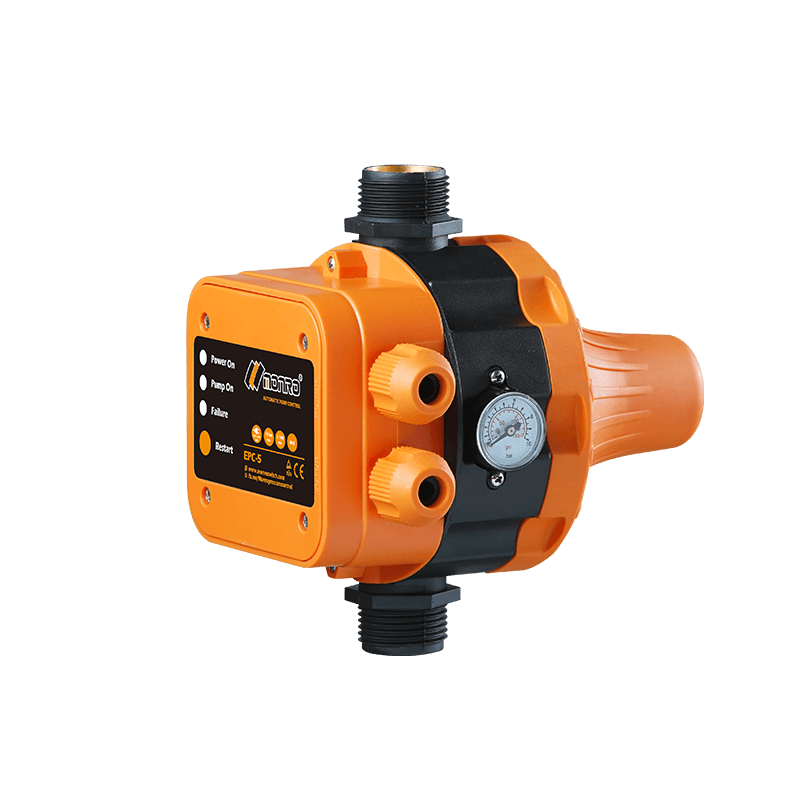 EPC-5
EPC-5Monro EPC-5 model automatic pump control, a device which assembled on the water pump (recommended si...
-
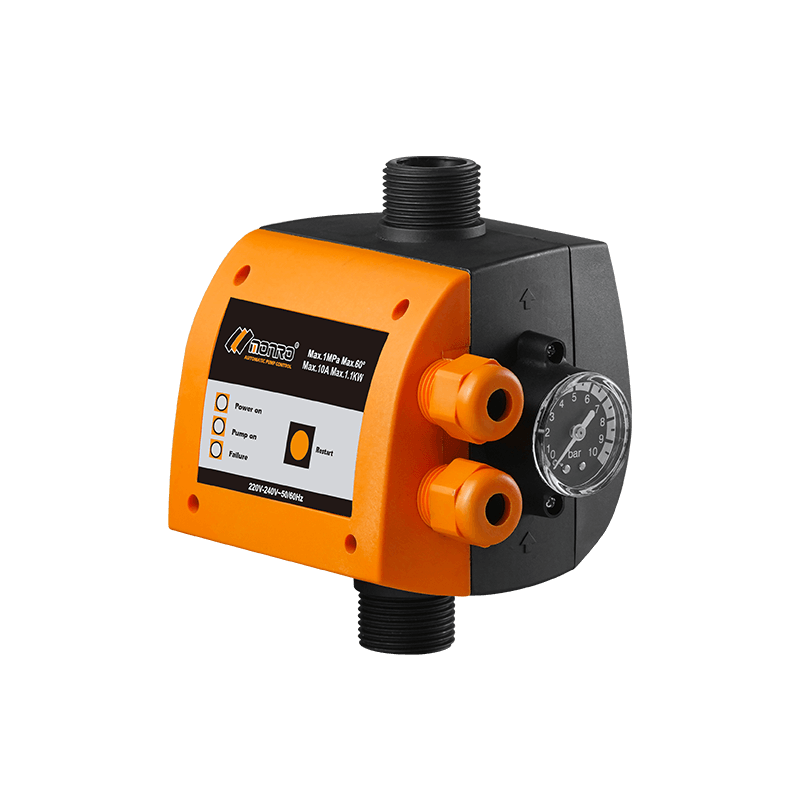 EPC-9
EPC-9Monro EPC-9 model pressure controller, is a big power device for automatic control and protection of...
-
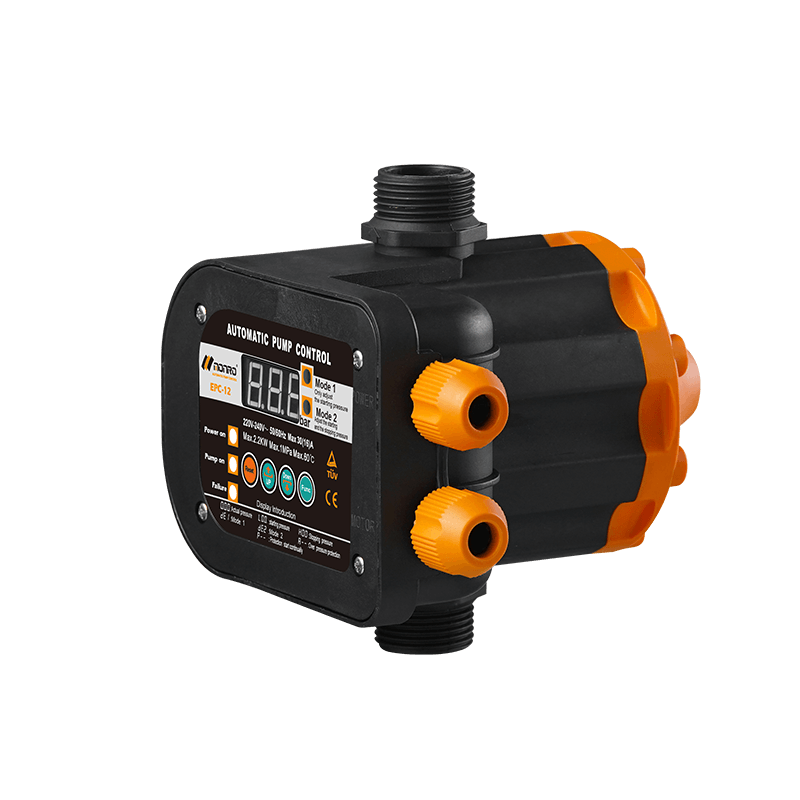 EPC-12
EPC-12Monro EPC-12 smart top-level automatic pump control is a multi-function model combined with traditio...
-
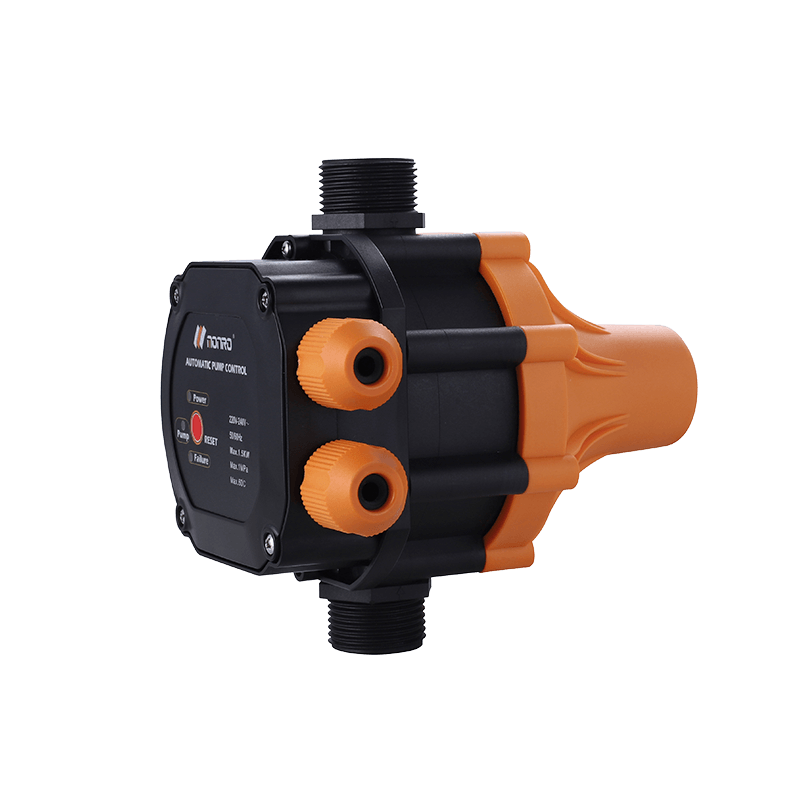 EPC-14
EPC-14Monro EPC-14 model pressure control is a big power device for automatic control and protection of el...
-
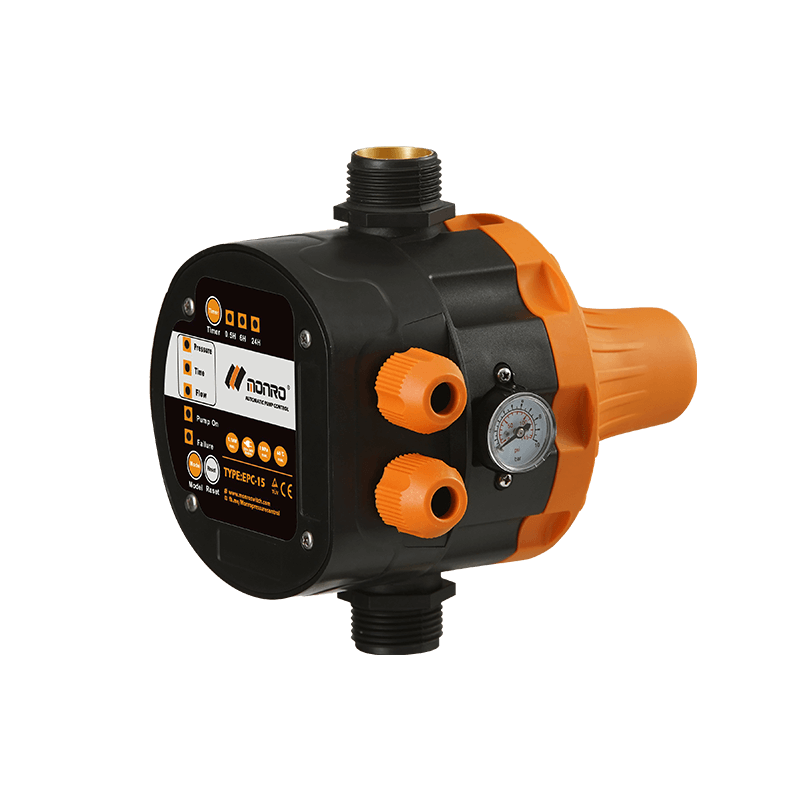 EPC-15
EPC-15Monro EPC-15 model automatic pump control, a device which assembled on the water pump (recommended s...
-
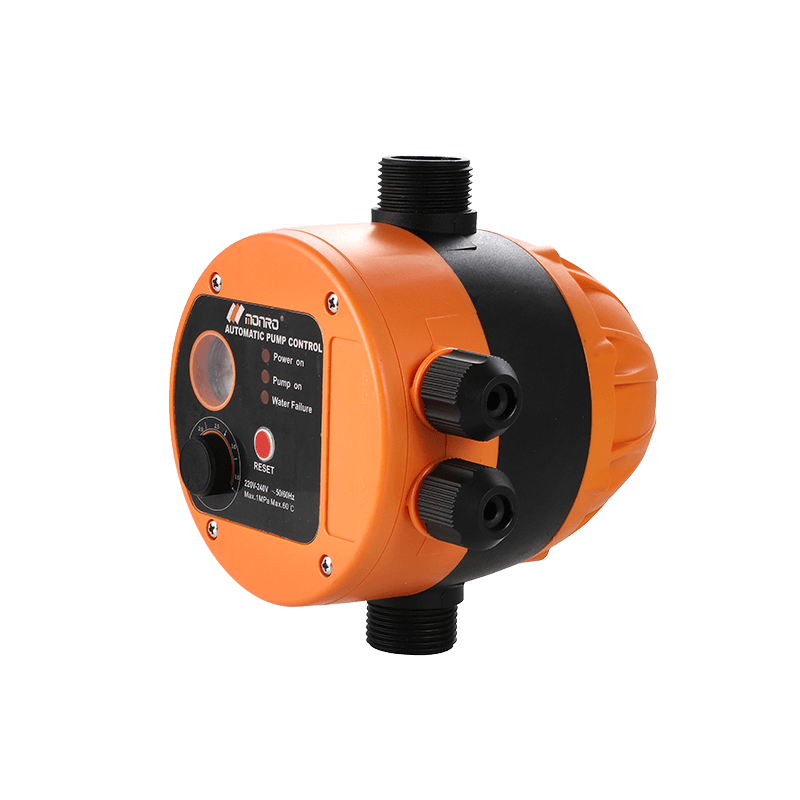 EPC-16
EPC-16EPC-16 is the new patent pump controller by Monro. Its key highlight is tooless (manual knob) start...
find our office
Committed to providing professional pressure control solutions for various types of water pumps and air compressors.

 简体中文
简体中文 English
English Español
Español